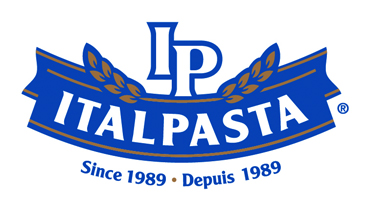MAKING PASTA
There are four key stages in making pasta.
1. Mixing
The semolina is mixed with water to form a stiff dough with a moisture content of about 30 percent. The semolina particles are gradually and homogeneously hydrated in modern mixing chambers. These operate under a vacuum to minimize oxidation of the pigment and loss of the yellow colour.
2. Extruding
Next, the dough is extruded through various shaped dies, under very high pressures, to produce the wide range of different shapes. The extrusion chamber is temperature controlled, usually at about 50 C to dissipate the heat generated by the pressure and friction. Temperatures in excess of 50 C can damage the semolina gluten proteins and reduce pasta quality.
3. Drying
Drying is a very crucial part of the process in making high quality pasta. Long pasta is subjected to a blast of air, immediately after extrusion, to minimize stickiness. Short pasta is transferred to a pre-dryer to prevent it from sticking together. The finished product is dried to a moisture content of about 12 percent. Temperature and humidity in the dry chambers are controlled so that the water is slowly removed from the pasta. If dried too slowly the pasta would develop a sour taste, if too fast the pasta becomes brittle and breaks easily.
4. Packing
Finally, the finished product is packed in bags or boxes. In some cases, delicate types of pasta are actually packed by hand before being shipped to grocery stores and restaurants.
 Healthy Pasta
Healthy Pasta 100% Canadian Pasta
100% Canadian Pasta Canadian pasta makers
Canadian pasta makers pasta facts
pasta facts




